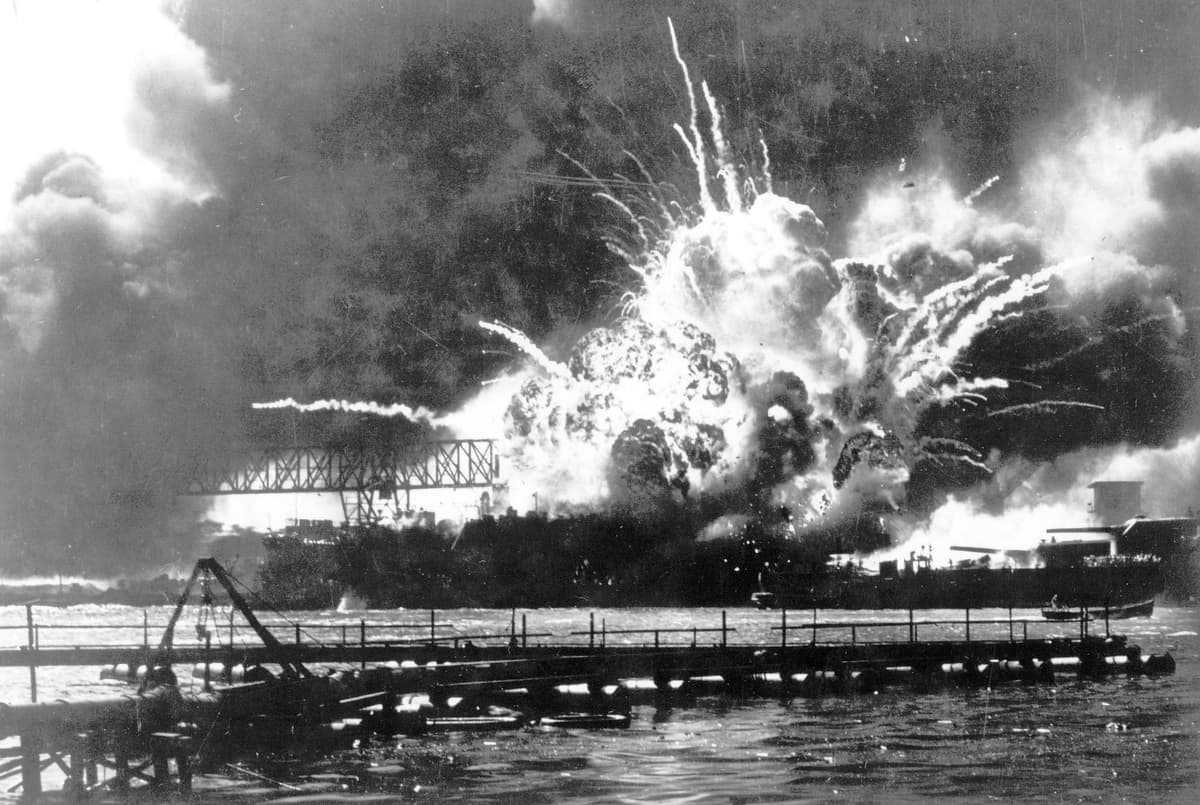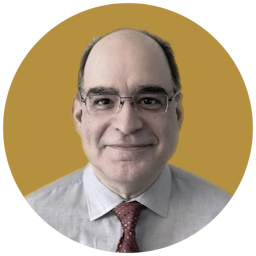Why Didn’t Someone Wake Up America on This Day 83 Years Ago?
How three humble privates sounded an alarm only to have it ignored by their immediate superior and America wake up in the middle of World War II.

Today Americans mark 83 years since the Empire of Japan’s attack on Pearl Harbor at Oahu, Hawaii. Many will quote President Franklin Roosevelt and call it “a date that will live in infamy.” Few will remember three humble privates raising an alarm or apply their lessons today.
“Why,” asked a journalist with the AP, Harold “Hal” Boyle, in 1951, “didn’t someone blow a bugle at Pearl Harbor 10 years ago and wake up America?” It turns out that someone did, but that reveille was ignored by their immediate superior, and America woke up in the middle of World War II.
America and Japan were negotiating to preserve peace on December 7, 1941. Yet, “the distance of Hawaii from Japan,” as Roosevelt told a joint session of Congress on December 8, “makes it obvious that the attack was deliberately planned many days or even weeks ago.”
When the carnage ended, 2,403 civilians and uniformed members of the service were dead and America’s Pacific Fleet crippled. Fate decreed, though, that the three aircraft carriers — United States Ships Enterprise, Lexington, and Saratoga — were away from Pearl and escaped destruction.
“No matter how long it may take us to overcome this premeditated invasion,” Roosevelt told Congress, “the American people in their righteous might will win through to absolute victory.” At great cost, the surviving carriers were the instruments of vengeance.
The element of surprise meant the damage Japan inflicted was enormous. It damaged or sank 21 American vessels, including all eight of the Pacific Fleet’s battleships. Soon, as with the 9/11 attacks 60 years later, Americans began casting about for who was responsible.
Why being aware of Japan’s expansionism and its alliance with the Axis Powers in Europe, was nobody ready for an attack? How, with so much spent on what was then the War Department, could an enemy fleet have snuck up on Hawaii undetected?
In December 1946, a year after victory over Japan, Congress convened the Joint Committee on the Investigation of the Pearl Harbor Attack to get those answers. Private Joseph McDonald testified about being on duty at Fort Shafter, Hawaii, and receiving a warning about a wave of incoming aircraft.
Justice Owen Roberts of the Supreme Court praised McDonald, saying that the radar warning was of greater significance than the “Message to Garcia.” An 1899 essay by the American writer, Elbert Hubbard, it extolled the value of taking initiative and being conscientious.
Hubbard’s essay describes an American soldier, First Lieutenant Andrew Rowan, serving in Cuba during the Spanish-American War. Charged with carrying a message to a leader of the Cuban insurgents, General Calixto Garcia, from President McKinley, Rowan persists over all obstacles.
“My heart goes out to the man who does his work when the ‘boss’ is away,” Hubbard wrote, a “man who, when given a letter for Garcia, quietly takes the missive, without asking any idiotic questions, and with no lurking intention of chucking it into the nearest sewer.”
Hubbard concluded that “civilization is one long, anxious search for just such individuals,” and they are “wanted in every city, town, and village — in every office, shop, store, and factory. The world cries out for such; he is needed and needed badly.”
Privates Joseph Lockard and George Elliot were the source of the message on December 7, 1941. Manning cutting-edge SCR-270 radar, they were due to punch out at 7 a.m. But Lockard had more experience with the new equipment; Elliot persuaded him to keep the machine fired up and share his knowledge.
Two minutes after their shift ended, Elliot and Lockard were shocked by a massive swarm of bogeys on the screen. “It was the largest group I had ever seen on the oscilloscope,” Lockard told Congress — Japanese planes, 137 miles out, on an attack vector.
An author at Pearl-Harbor.com, David J. Castello, recapped his interviews with Elliot, who said he’d prodded a reluctant Lockard to notify the Information Center. “Don’t be crazy!” Elliot quoted Lockard as saying. “Our problem ended at seven o’clock.”
It could have been a radar malfunction, but Elliott phoned the Information Center. McDonald answered and passed the message up the chain of command to Lieutenant Kermit Tyler. Knowing that B-17 bombers from the West Coast arrived around 8:00 a.m., Tyler assumed the glowing blips were American.
“Well,” Tyler told Elliot and Lockard, “don’t worry about it.” Had he passed on the radarmen’s warning, “attack imminent,” to his superiors, the Army Air Force would have had time to mount a defense. Instead, only six planes took off; 180 were destroyed on the ground.
While it’s easy to blame Tyler in hindsight, a 1942 investigation by a Naval Board of Inquiry ruled that he had been posted to the Information Center without sufficient training or supervision. He and McDonald were the only ones on duty when the pivotal message arrived.
Tyler was cleared of wrongdoing and retired as a lieutenant colonel in 1961. In 1942, on the steps of the Capitol, Lockard accepted the Distinguished Service Medal and was dubbed the “Hero of Pearl Harbor” by the AP.
“In August 1946,” Mr. Castello wrote, Elliot refused the Legion of Merit “on the principle that he should not have to accept a lesser medal than Lockard.” Until the congressional hearings, his role had been ignored, and the sting lingered.
Elliot, Lockard, McDonald, and Tyler are no longer alive to give testimony, express regrets, and imagine what might have been. Yet as the Senate considers President Trump’s nominee for secretary of defense, Major Pete Hegseth, the lesson of that morning in 1941 looms large on our national radar.
Security depends not on planes, ships, or technology. It’s men and women — from generals and admirals down to the greenest privates — who hold America’s fate in their hands. It’s Washington’s sacred charge to train and support them, so they stand ready to sound warnings when danger next appears out of a clear, blue morning sky.

